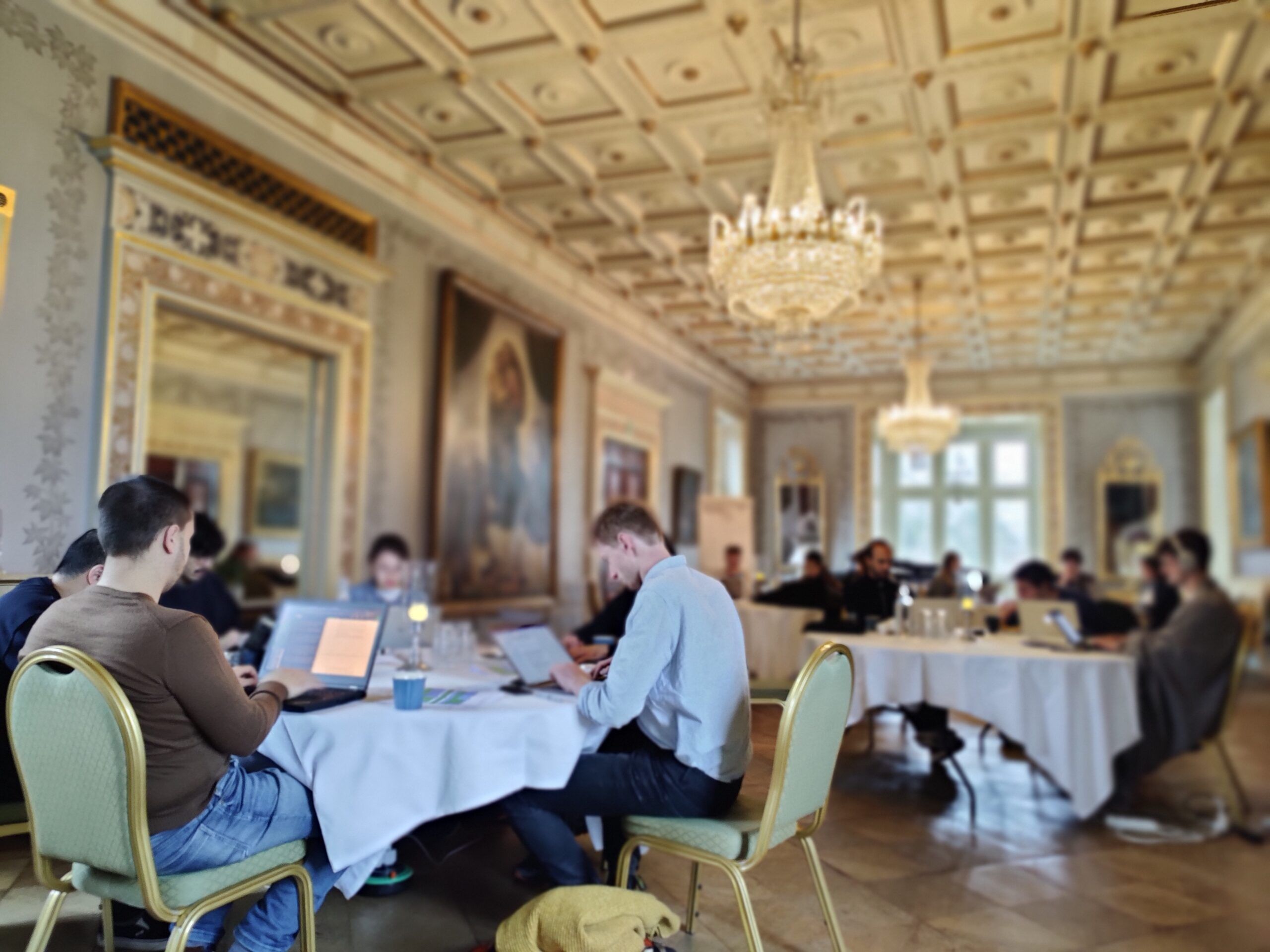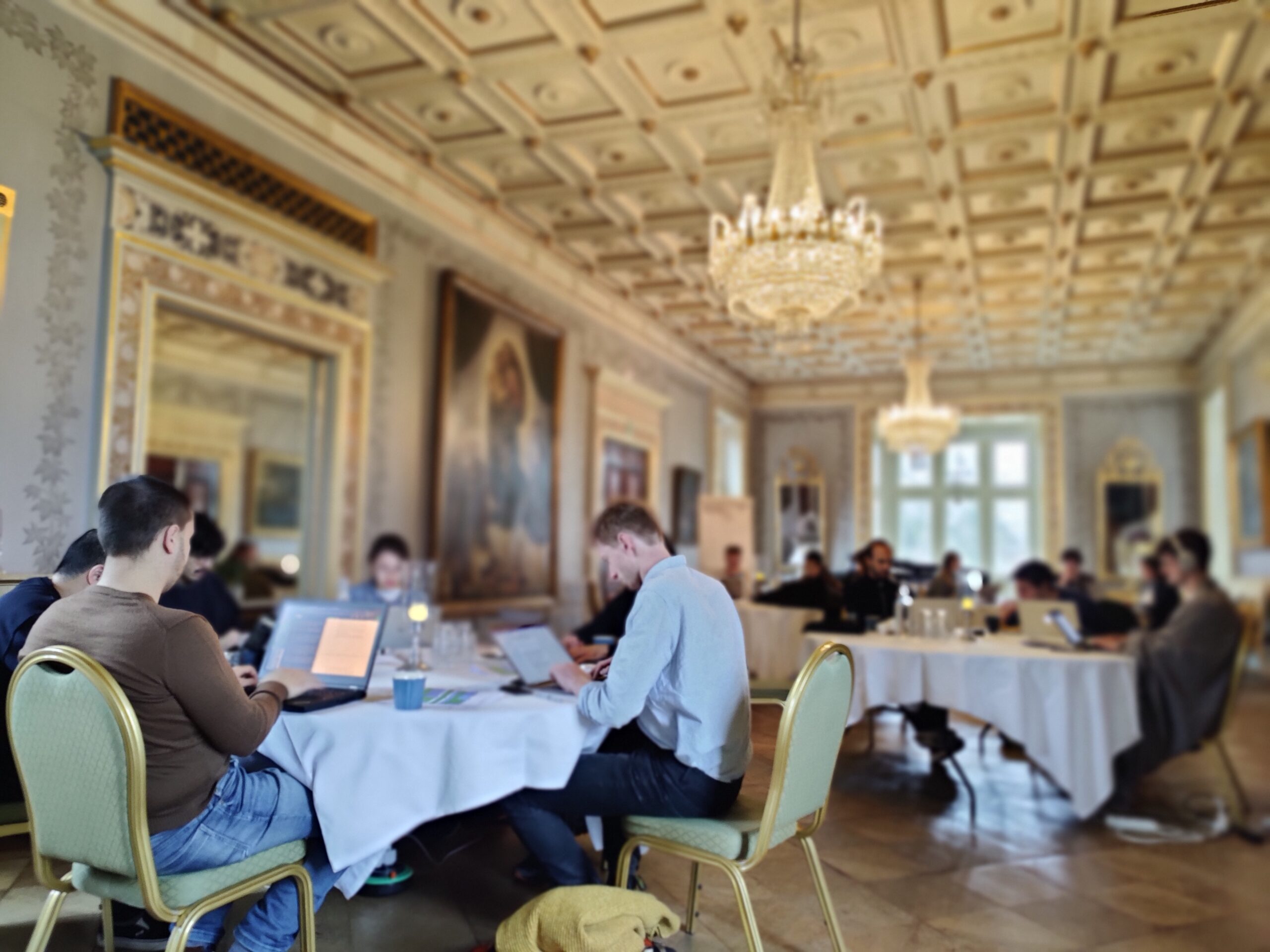This article is for anyone who engages in negotiating in general, and international, cross-cultural negotiations in particular. In the article, I explore theoretical aspects of negotiating coupled with my practical experience in the field.
The subject is the negotiation framework, i.e. the multitude of negotiations that are necessary for successful negotiation results. I was inspired by Daniel Kahneman’s two systems of thinking: instincts and emotions versus logic and reflection. I introduce the concept GlobalCompetence® as an approach to couple multiple competences that constitute the basis for successful international negotiating in a cross-cultural environment.
The tips and insights presented in the article are derived from my more than 30 years’ experience as a cross-cultural negotiation consultant and trainer. I firmly believe that establishing the negotiation framework is a prerequisite for sustainable negotiation results.
Truly successful international negotiators succeed not in spite of cultural differences, but because of them. That is what this article is about.
The layers of the negotiation framework: five tips
1st layer: Yourself
The tip: Be honest to yourself, loyal to your own interests and to your team
2nd layer: Your base
The tip: Make sure that your team is aligned before you negotiate
3rd layer: The personal relationship with your counterpart
The tip: Establish trust and rapport before the core negotiation
4th layer: Cross-cultural differences
The tip: Understand key characteristics of your counterpart’s culture
5th layer: Language pitfalls
The tip: Focus on concepts, not words – avoid assumptions
Read more about each tip below.
The negotiation framework
Successful international negotiating requires a multitude of insights and techniques. For negotiators to succeed, they can’t merely focus on “getting that deal”. International negotiating consists of numerous aspects. Awareness of the complexity of international negotiations is a prerequisite for sustainable negotiation results. In this article, we make a distinction between the framework of negotiation and the core negotiation. The core negotiation – the “what” – which involves technical insights, negotiation strategy, management, etc. will be addressed in a later blog.
Here we offer five tips that address the framework of negotiation, or the competences required for successful international negotiation: The “how”. The negotiation framework is the foundation for the successful cross-cultural negotiator. The negotiation framework comprises a hierarchy of five layers, each dependent on the other, and each subject to negotiation.
Fast and slow thinking
Mastering the five layers of the negotiation framework enables international negotiators – or any negotiator for that matter – to act promptly and relevantly in the core negotiation. In his book Thinking, Fast and Slow economist/psychologist Daniel Kahneman discusses how we may respond instinctively when under pressure: thinking fast. Fast thinking is sometimes necessary as a survival mechanism. The mechanism is associated with a simple, narrow focus. “I want my business to survive the Corona crisis”; “I am not interested in the global crisis, because I’ve got something in my eye”. In negotiation, fast thinking could be triggered by the negotiator’s desperate need to win that contract. Fast thinking only works if it’s coupled with slow thinking: analysis, reflection, dilemmas, etc.
The negotiation framework enables negotiators to think fast on the basis of slow thinking. “I want my business to survive the Corona crisis, but first we must make sure that the spread of the virus is contained”; “Much as I need that contract now, perhaps we should look further into what we discussed yesterday over that cup of coffee.” Successful international negotiations get the best of both worlds because their framework is generated by slow thinking, which enables them to think fast and appropriately.
The negotiator’s framework: five layers
The first layer of negotiation: You
Successful negotiators know that it all starts with negotiating with themselves, the first layer: Take Peter, for example: he considers his situation, his doubts, gut feelings, his own career, etc. Peter negotiates with himself about his negotiation position, not forgetting his own career prospects. The first layer enables Peter to think fast when necessary, because he has given it due attention in advance. This makes him able to move to the next layer: negotiating with his team.
The second layer of negotiation: Your team
Peter negotiates with his team and superiors: They work out a strategy, define objectives and how far Peter can go, etc. For Peter to feel that he has his team behind him during the negotiation, and after it, is crucial. Negotiations that failed often end in internal blame games with a lot of energy being spent on whose fault it was. This may well have long-term implications for the future of the team. Peter is aware of it and makes sure that his team is on the same page when planning the negotiation. Negotiating team alignment is the second layer.
The third layer of negotiation: The relationship with the counterpart
When meeting his counterparts for the first time, Peter greets them, remembers not to shake hands with them in these Corona-ridden times, but remembers to exchange courteous remarks with them. Successful negotiators establish relationships — the third layer — knowing that the negotiation is already in full swing at the very moment they meet their counterpart. The informal conversation in the lobby, in the taxi or on the plane generates trust and goodwill. Peter will also have learned to say “Pleased to meet you” in his counterpart’s language.
The fourth layer of negotiation: Understand the counterpart’s cultural background
International negotiators are curious about their counterpart’s cultural background, the fourth layer. They make an effort to understand the other side. The reason for Peter exploring the counterpart’s cultural roots is for him to be aware of what to say – and what not to say – and how to behave in the best way possible.
Peter is used to working in very flat hierarchies where it can be difficult to see who is the intern, and who is the boss. Perhaps Peter’s counterparts pay more attention to status and titles? Understanding the counterpart’s culture, Peter is aware of what tone to use, how is own status is be demonstrated and whom to talk to talk to when things are becoming difficult. If Peter is in doubt about what to say or do, he may ask his counterpart for advice. Peter will almost invariably get a highly useful answer. He will have generated trust and respect because he has shown interest in his counterpart’s culture.
Peter once met a very angry counterpart, Mr Lee, who felt disrespectfully treated by the staff at a hotel in Denmark which Peter had recommended. Mr Lee’s fury could have become a threat to Peter’s negotiation. Rather than trying to sort it out himself (thinking fast!), he said “I fully understand that you find this unacceptable. I will immediately talk to the hotel manager, and I’m sure he will sort it out”.
By showing empathy and taking the case to the highest level possible, the issue was quickly resolved to everybody’s satisfaction. Mr Lee’s background was rooted in a highly hierarchical culture — Peter was aware of this and acted accordingly.
The fifth layer of negotiation: The language
Negotiating is about arriving at an agreement with another party. For this to happen, we must communicate with each other. We use a shared language with which we assume we can express ourselves and be understood. This can be a language other than our mother tongue. Whereas Peter will have learned a few polite phrases in the counterpart’s language, English is the language he generally uses as an international negotiator.
How can international negotiators be sure that they actually understand each other? Can Peter assume that his counterparts understand the words in the same way as he does? Successful international negotiators go beyond words and check what the words stand for as part of the negotiation. Peter does that through conversation and lots of interested questions. He knows that assuming sameness of understanding is poison for international negotiators. Negotiating language issues is the fifth layer of the negotiation framework.
The negotiator’s “radar”: From single focus to a broad outlook
The negotiator who has one objective in mind – “winning” – is likely to fail in the long term. Negotiators’ tunnel vision – thinking fast with a single focus – makes them blind to possibilities and opportunities that could have turned mediocre results into sustainable, durable and valuable outcomes. The negotiator’s tunnel vision generates blinkered and narrow-minded results – if any.
GlobalCompetence is an approach developed by GlobalDenmark that integrates multiple competences and disciplines: personal, linguistic, cultural and technical. A competence may be valuable in its own right; for it to generate sustainable results personally and professionally, it must be coupled with other competences.
GlobalCompetence is a holistic approach that ensures that Peter can work in many different negotiation environments, without losing his own authenticity – and, ultimately, nurturing his keen interest in learning from others. Peter is rarely pushed out of his comfort zone; rather, GlobalCompetence has extended his comfort zone.
Successful negotiating requires a “radar approach” that keeps an eye on the many layers of the negotiation process. Many layers of different competences playing together like a symphony orchestra. The musicians will have to act immediately, but on the basis of a lot of practice and knowledge about the music. GlobalCompetence paves the way for fast thinking on the basis of slow-thinking analysis and reflection. This approach makes durable and mutually valuable negotiation results in a cross-cultural environment much more likely. Drawing on his multilayer awareness of the negotiation framework makes Peter able to think fast on the basis of slow thinking.
Moving from the framework to the core negotiation
The literature on negotiating has long focused on the desirability of all sides winning: “win-win”. You may ask yourself if negotiating is always about winning and losing? If we have once won, do we then stand to lose next time we meet? Do we stand to gain more than we initially expected?
In our experience over the past more than 30 years, many negotiations may appear to have succeeded without the negotiator’s knowing why. The ostensible success may disguise a lot of potential opportunities that were never properly explored. An apparently “good” negotiation result may turn out to be a rather bad one.
Many of our clients have become brilliant negotiators through a “learning-by-doing process”. This implies that these negotiators may well have done a lot of damage before they had ended up acquiring their skills. Others may be brilliant technically, but don’t pay enough attention what’s really going on in the minds of their counterparts. If their attitude towards the negotiation process focuses merely on “getting the deal”, they go blind and deaf to better deals. They are victimised by fast thinking.
Successful international negotiators know how to identify potential opportunities through their ability to navigate in the many layers of negotiation. This broad outlook, which includes the five layers of negotiation, is made possible by our GlobalCompetence approach. Successful international negotiators benefit from fast thinking – because it is coupled to the analysis, reflection and dilemmas emanating from slow thinking.
We must integrate at least five layers in the negotiation framework before the international negotiator can engage in the “core negotiation”: the contract, the deal. This happens at meetings, in telephone conversations, emails etc. Communication is a prerequisite for negotiation, which permeates the five layers of the negotiation framework.
Through various techniques, we seek to achieve a result that is as beneficial to us as possible. Whether we should actually work on ensuring equal benefits for the other side depends on our interests. If we aim at the best possible results, the five layers – encapsulated in GlobalCompetence® – in negotiating are inescapable. In a later article, we will discuss the core negotiation.
Five layers of the negotiation framework – five tips
Be honest about yourself as your own negotiation counterpart. What are your personal interests in the negotiation? Will the negotiation be affected by your career dreams, your ethical outlook or general identification with the process?
Negotiate properly with your team – they may not necessarily share your interests, even if they seem to. Your colleagues and superiors are your negotiation counterparts, too. Team alignment is essential!
Build relationships: In the cross-cultural setting, negotiating begins with building a relationship with your counterpart. A personal relationship opens the door to invaluable insights: at the restaurant, in the taxi, in the lobby, etc.
Understand the cultural background of your counterpart: hierarchies, dress code, politeness, etc. read about this in relevant textbooks and guides. If in doubt, ask!
Focus on concepts, not words: when negotiators communicate, they can never be completely sure that the counterpart understands a message as intended. Discuss what the words stand for – never assume sameness of understanding when the working language is not the parties’ mother tongue!
What is GlobalDenmark?
Established in 1985, GlobalDenmark is a cross-cultural communication consultancy. Claus Adam Jarløv conceived an approach that bridges many competences in the same person, which was later to become known as GlobalCompetence. Researchers must couple their technical knowledge with communication and negotiation skills for their research to generate value in the world. Likewise, international negotiators use a cluster of skills, such as language, cross-cultural insights, psychological acumen etc. to achieve the best possible results. This is what GlobalCompetence is all about.
GlobalDenmark specialises in enabling professionals to communicate across borders: cultural, linguistic, technical or personal borders. Focal areas include cross-cultural negotiation, presentation techniques and cross-cultural management. GlobalDenmark is a regular provider of training courses, 1-1 coaching and consultancy programmes to a wide range of enterprises, research institutions and government bodies.
Claus Adam Jarløv, the founder of GlobalDenmark, has been a lead consultant in communication and negotiation projects in Ethiopia, Morocco, Sweden, Spain and Russia in addition to Denmark.
Recommended links and references
Negotiation cases. Harvard Law School
Daniel Kahneman: Thinking, Fast and Slow, 2011
Geert Hofstede: The 6-D model of national culture
Richard D Lewis: When Cultures Collide – Leading Across Cultures – 4th edition, 2018
Chester Karrass: The Negotiating Game, Give and Take, In Business as in Life, 1994
Claus Adam Jarløv: Communicating Across Borders, 2012






























